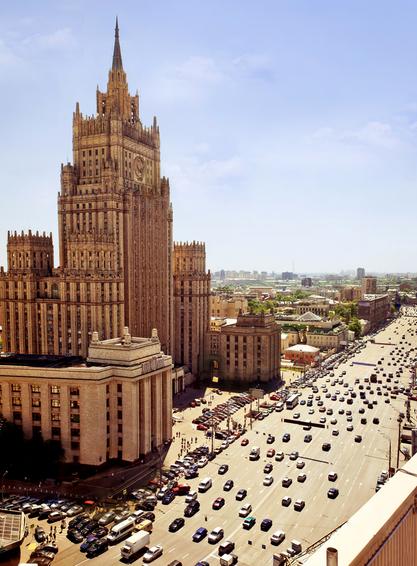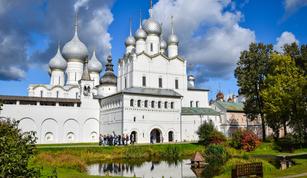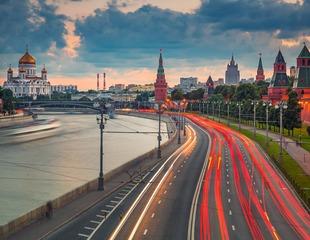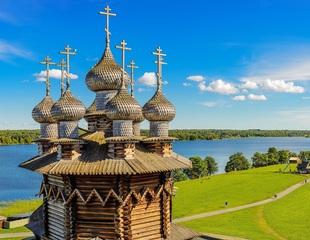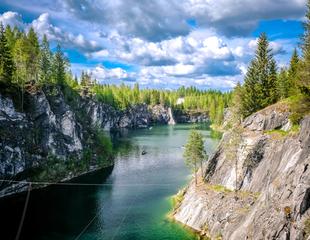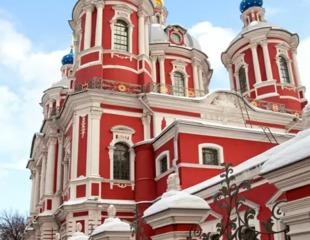The Garden Ring is a circular transport highway in central Moscow. Its length is 15.6 km, width — 60-70 m. Historically Moscow was surrounded by a number of fortifications, one of which was an earth mound, represented a closed ring. The mound was built in 1591-1592 by order of Boris Godunov, shortly after the devastating raid on Moscow by hordes of Crimean Khan Gazi Giray. There was built an oak wall on top of the mound with a height of 5 m and with 34 outbound and about a hundred blind towers. There was dug a trench filled with water outside, along with the mound.
The earthen town was inhabited by artisans, farmers, and traders, while Zamoskvorechye was inhabited mostly by archers. During the Time of Troubles (1598-1613), the wooden walls and towers were burnt. The mound was soon poured, and there was built a fence on top of it.
By the end of the XVII century, the earthen mound has lost its significance as a fortification and turned into the customs border of the city. There were built markets in front of the city gates.
By the end of the XVIII century, the fortress and the mound were gradually destroyed, there were formed spacious areas and driveways as a result.
After a fire in 1812, the city started growing rapidly, it was necessary to expand the boundaries of the city. According to the draft of the Commission for the building of Moscow, approved in 1816, the remains of the mound were to be taken down, the trench was to be filled up, and there should be created a broad circular street, paved with cobblestones in their place. There were given 25 m of the total distance between the two lines of houses, that had already reached 60 m for pavement and sidewalks. On the rest of the space, the homeowners were required to arrange front gardens. Thus the Garden Ring appeared.
In the XX century, the pace of construction increased again, there were built multi-story administrative and residential buildings on the ring. A little later, the street trolleys already started to function, which in the mid-30s of the twentieth century were replaced by trams. These three of the famous seven Stalin’s skyscrapers were built on the Garden Ring. Moscow was constantly expanding, attracting more and more people, and hence the cars. In the 1960s the streets slowly turned into avenues with tunnels, interchanges, overpasses, and underpasses.
